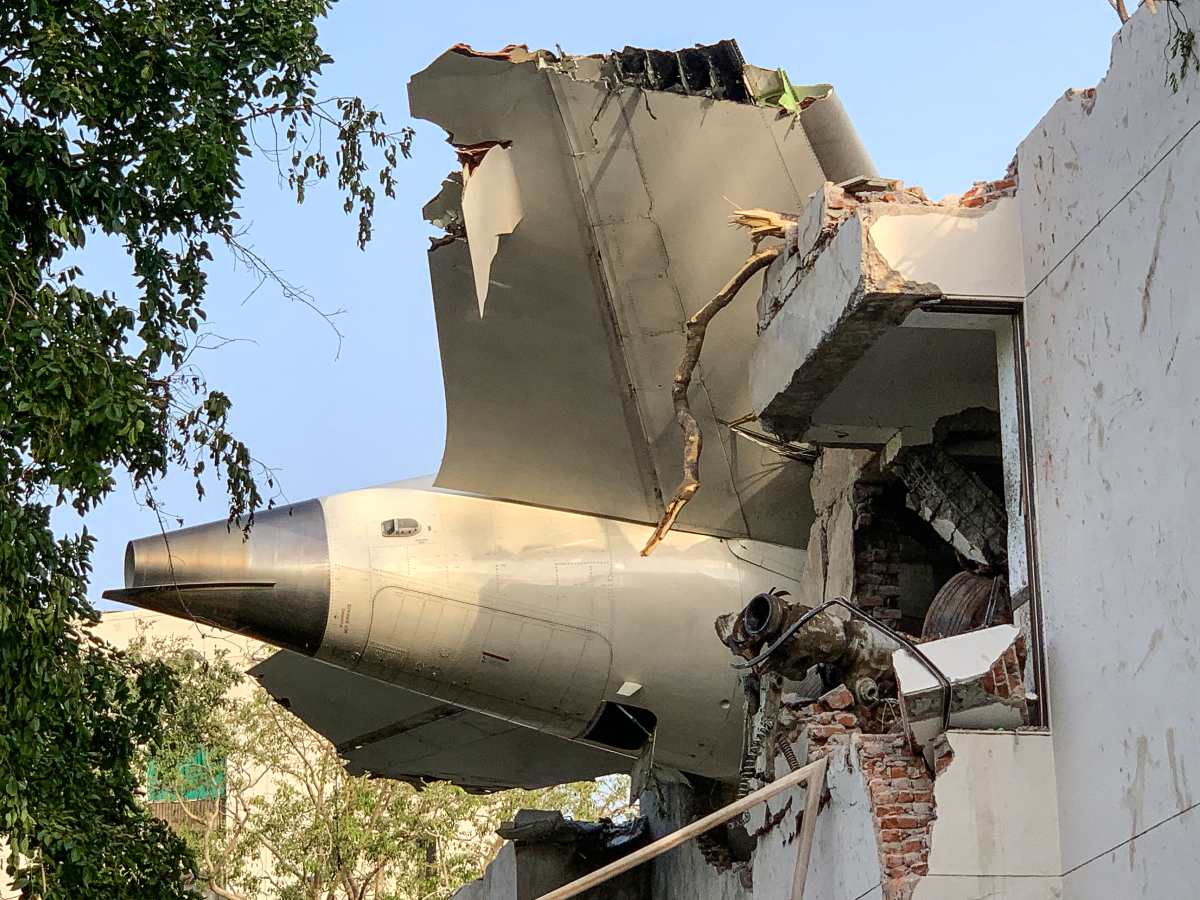
Boeing in Turbulence Again After Tragic Air India Crash
So, let’s talk about something that's been all over the headlines lately — the Air India crash in Ahmedabad. It's devastating, absolutely, and while investigators are still piecing together the cause, one name keeps coming up again: Boeing. The incident involves a Boeing 787 Dreamliner, a model that, up until now, had a pretty spotless record. In fact, Boeing was just celebrating a milestone — over a billion passengers flown on the Dreamliner since its debut in 2011. That’s no small feat. But celebrations turned to sorrow with this tragic crash.
Now, it's important to clarify: this isn't the same aircraft as the infamous Boeing 737 Max. Remember those horrifying crashes in Indonesia and Ethiopia back in 2018 and 2019? Hundreds of lives lost due to a known software flaw. That grounded the 737 Max for a year and a half. The current Air India tragedy doesn’t yet point to any confirmed fault from Boeing, but the shadow of those past incidents still looms large.
As things stand, experts are waiting on the black box data — that crucial flight recorder that could reveal what really happened in those final moments. And while technical faults are always a possibility, many in aviation say that, these days, it's usually not the aircraft itself, but human error in the cockpit that leads to such disasters.
Also Read:- Aquarius, Brace for Change: The Sky Stirs Your Soul on June 15, 2025
- Ethan Galbraith: From League One Star to Premier League Prospect
Still, Boeing can’t seem to escape controversy. Just last year, a door on one of their planes literally blew off mid-flight. That led to $160 million in compensation. And even before that, they shelled out nearly half a billion to Southwest Airlines over the 737 Max fallout. Add in a massive workers' strike, quality control concerns, and a string of whistleblower allegations — it paints a troubling picture.
The whistleblower stories are particularly chilling. One former employee, John Barnett, said he saw sub-par parts being used on production lines. Tragically, he later took his own life. Another engineer, Sam Salehpour, claimed he was threatened for speaking up about safety. Boeing, of course, denies retaliation and says reports of safety concerns have actually increased, which they frame as a sign of positive cultural change.
Financially, things are rough too. Boeing’s stock dropped nearly 5% right after the crash, and the company’s still dealing with the fallout of a deal with the U.S. Department of Justice, where they agreed to pay over a billion dollars and admitted to obstructing an FAA investigation.
Now at the helm is CEO Kelly Ortberg — a man pulled out of retirement to try to turn this all around. He’s said all the right things about safety, quality, and accountability. But with yet another tragedy under Boeing’s belt, it’s hard not to wonder how many more storms the company can weather before the damage becomes irreversible.
For passengers, it’s unsettling. Because when you fly, it's usually Boeing or Airbus. And while air travel is statistically very safe, incidents like this make us all pause. Not just to mourn the lives lost, but to question how much we really know — or trust — the giants behind the machines that carry us through the skies.
Read More:



0 Comments